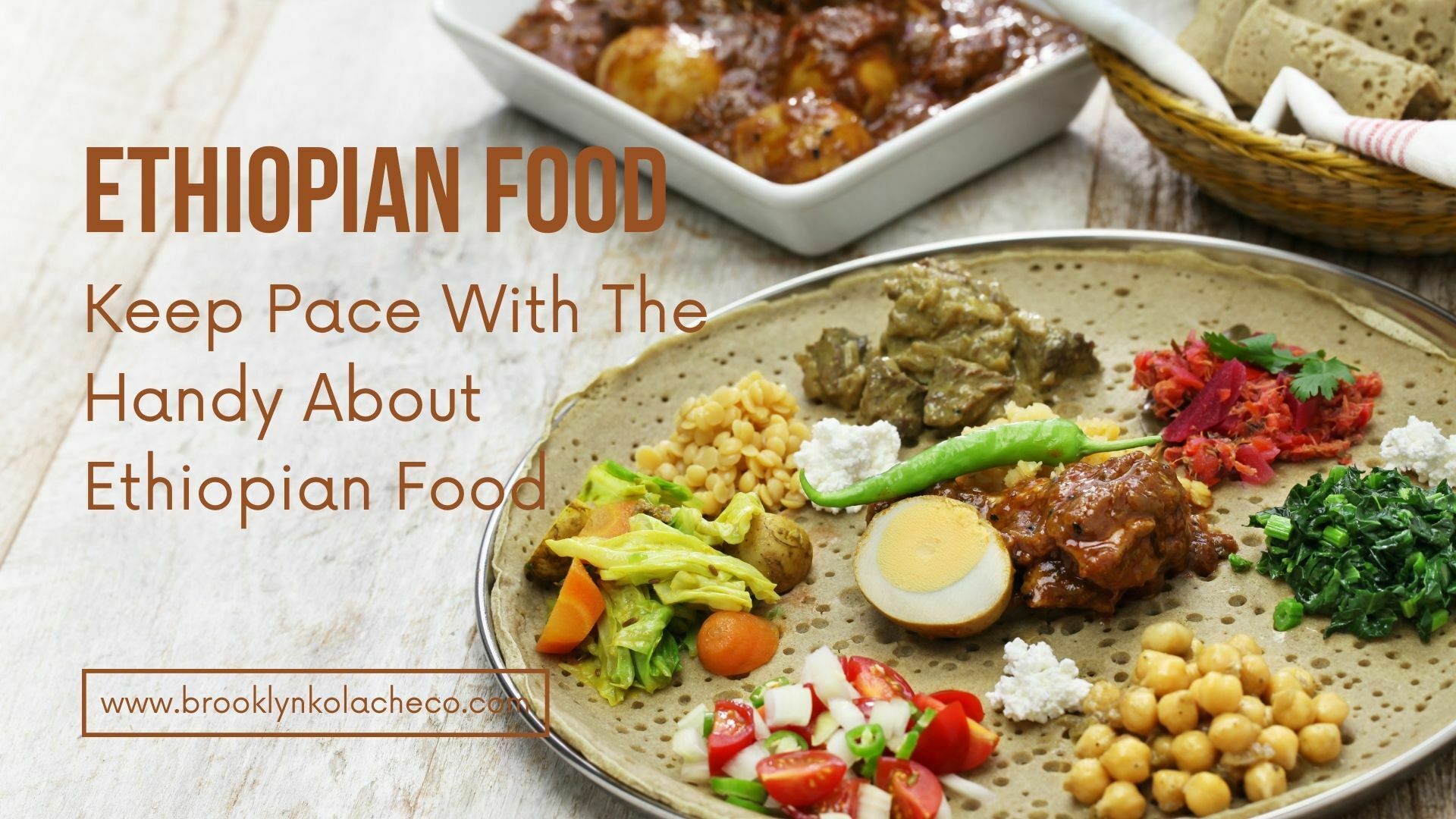Recently, Ethiopian food has become popular, and many people want to try this kind of food, especially Ethiopian people. To get more info about this kind of food, dropping by our article is a wise option.
Let’s keep following our thoughtful thoughts for your interest. In this blog, we need to go through five essential parts below.
What is Ethiopian Food?
Ethiopian cuisine/ food characteristically includes vegetables and usually too spicy meat meals. The fact is often in the shape of thick stews set out on a list of injera, a large sourdough flatbread. Ethiopians enjoy using a bit of injera to choose between side dishes and entrées.
The Benefit of Ethiopian food
Are you clear that meatless diets have been in Ethiopian cookery? For years, Ethiopian cuisine custom usually has featured a variety of colorful and rich vegetables, pulses, fruits, and beans as the critical components in lots of their mouthwatering vegan-friendly meals. Once veganism became a common trend in recent years, Ethiopians have been relishing vegan meals and the advantages of being plant-based.
In addition, many archeologists have labeled Ethiopia, where paleontologists found a lot of the hominid fossils. Apart from many regions, Ethiopia belongs to some nations on the mainland that could be known as colonized. Despite a short occupation, Abyssinia had passed through full management under the colonial administration.
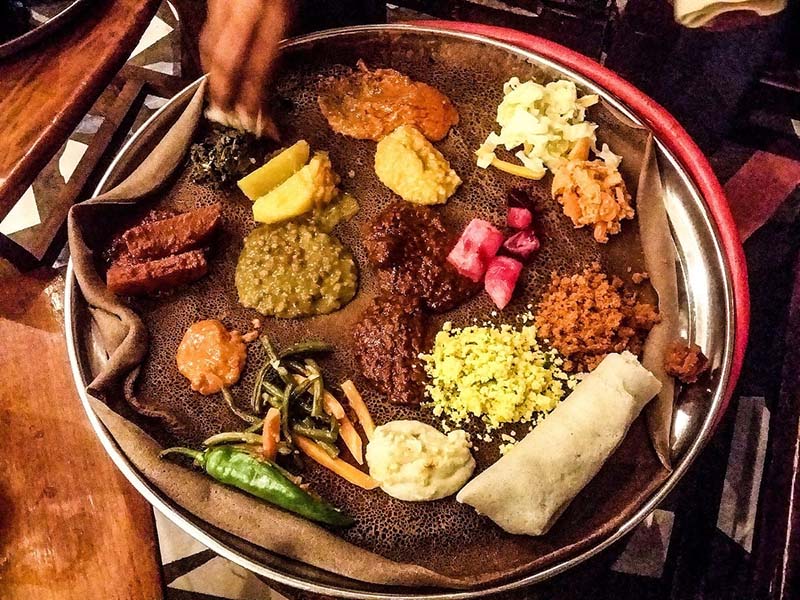
Since scholars keep debating the causes why Ethiopia can prevent Western imperialism, one of the outputs of the independent endurance is that virtually every side of Ethiopian custom – from meals to music, dance, and architecture – is in its origin.
Ethiopian food is Vegan-Friendly
Ethiopian cuisine is incredibly mouthwatering food, with their convenient staple meals being plant-based! Because of the nation’s Orthodox Christian backdrop, it is popular to enjoy plant-based food every Friday and Wednesday and for strict followers of dairy and meat.
The Truly Best
Ethiopian dishes are spongy, tangy, and sour flatbread that gathers a crepe created from some fermented batter. In addition, the critical component is a non-gluten super grain local to Ethiopia.
Furthermore, the nation’s popular super meal is an incredibly versatile grain with an earthy taste and mildly nutty. Mated with Ethiopian food staples – colorful and wat veggie platters – the fact made from grains, beans, vegetables, and pulses – Ethiopian is so delicious!
Super Healthy
Are you clear that the key element, in injera, teff is not just super delicious but jam-packed? The grain is covered with total calcium, fiber, proteins, iron, and magnesium. Often served apace with aromatic- wat stews of cabbage, lentils, pulses, potatoes, and other onions with taste Berbere spices.
In addition, families usually enjoy Beyaynetu, single platters of most vegetables heated up in various ways, like stuffed jalapeno peppers, beans, chickpeas, and simmered greens in some tomato sauce.
Besides, From fiber-abundant lentils to vitamin B-packed Berbere and blood sugar-measuring lentils – the range in Ethiopian diets is what offers it relatively healthy.
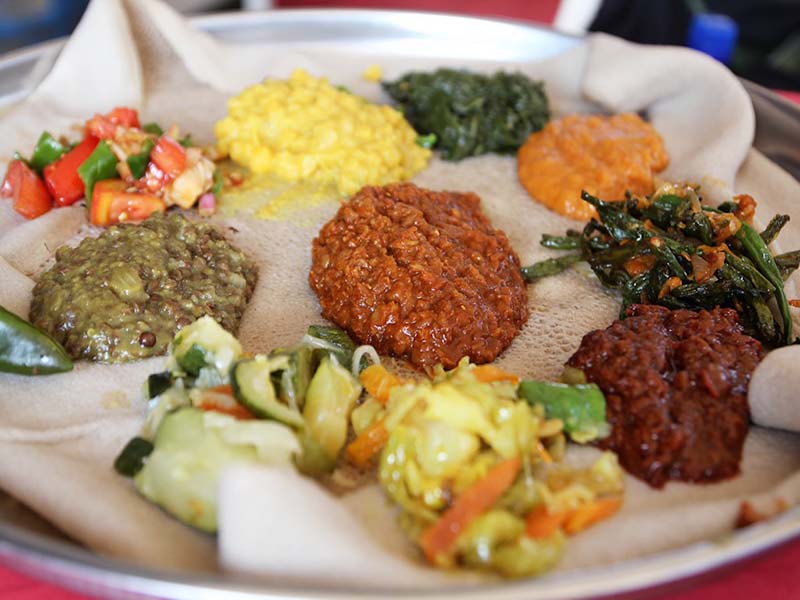
Cultural Mainstay
Furthermore, the crowded country of one hundred and ten million people, placed in Africa, bears the name of becoming the place of coffee. People discover coffee in the heritage of Ethiopian jungles.
In Ethiopia, many drink coffee multi-times per day; some coffee has its etiquette, and it is truly remarkable because it is one of the places where most coffee beans grow wild.
Community
In addition, at the core of Ethiopian cuisine is community/ society. Ethiopian cuisine is offered on typical straw baskets and plates. Instead of utilizing utensils, Ethiopian culture is measured to be enjoyed with the user’s hands by bucketing upsides and stews with slices of injera.
Furthermore, a large section of Ethiopian cuisine is dipping oneself in the conventional way of enjoying each other, as a group or family. In the increasingly uncommon global climate, the Ethiopian experience stands out as a core on the consequence of human bonding and connection over food – that is required more than for us to resolve the myriad problems our world is coping with.
Ethiopian Food: The Best Meals
Ethiopians are not timid about adding spices. One of the greatest popular backings is berbere, the Ethiopian spice blend containing sixteen constituent components, including fenugreek, cardamom, chili powder, garlic, cinnamon, and ginger.
In addition, another reward of enjoying Ethiopian food is that injeras are made from some tef — the global’s mini grain — which Ethiopians have obsessed and grown for millennia. Furthermore, in Europe and America, it’s progressively seen as the “super grain,” there with spelled and quinoa, being rich in gluten-free, calcium, and protein.
Besides, the consequence of these above things will have the user’s taste buds enjoying somersaults, once also fantastic for them. Most Ethiopian meals are lower in fat and nutrient-dense.
Tibs
Furthermore, sliced pan-fried lamb or beef in butter, onion, and garlic, tibs are some of the most common meals among Ethiopians.
When it comes to a wide range of shapes, forms, types, or sizes of the slash of meat utilized and can vary from mild to hot or include little or no vegetables. Moreover, a recommended difference is truly Shekla Tibs, where the strips arrive at the user’s table scorching atop a stove with heated coals – delicious and dramatic.
Moreover, tibs were supplied to show respect or reward a compliment to someone. These days, it is seen as a unique dish, thus its admiration for commemorating memorable holidays and events. However, if the users come into a bar every Friday evening in Ethiopia’s capital, all partygoers would enthusiastically eat and enjoy tibs.
Commonly, the tibs that arrive at the user’s table have been split from carcasses dropping outside beside any restaurant’s entrance. Please Do not be deterred; meat hardly comes tastier and fresher.
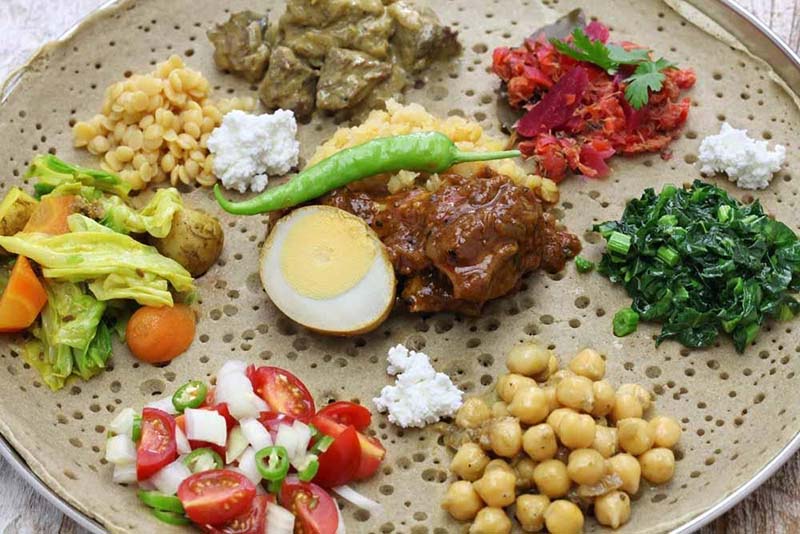
Kitfo
The kitfo is seen as a significant threat by standard Ethiopians when its beneficial powers are praised.
Furthermore, like French tartare-steak, meat is warmed and minced in a pot/ pan with some mitmita and butter (a more powerful version) and thyme. Kitfo is normally served- not cooked, warmed.
Kitfo might be rewarded with things such as dry cottage cheese and minced spinach, called Gomem – which is an Ethiopian delicacy. The meal/ dish can best prepare one for their day or after any hangover; it’s highly recommended by the locals!
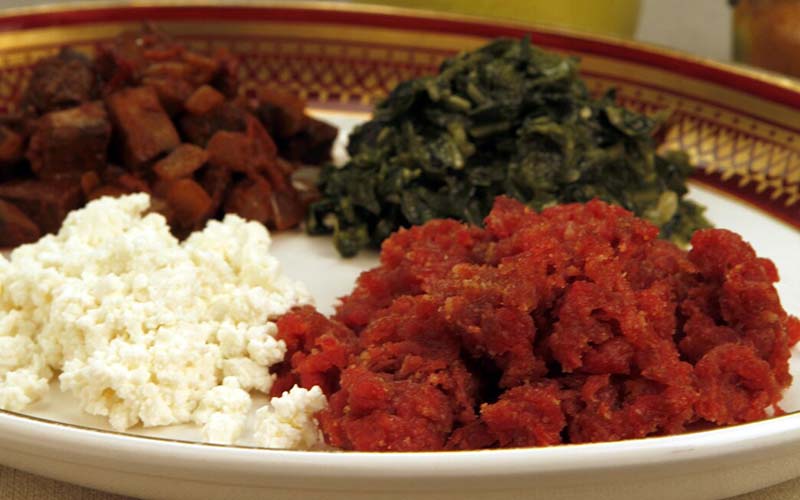
Beyainatu
The title of Ethiopia’s standard vegetarian meal converters is “a little bit of each kind,” thus the user’s “injera comes blanketed with colorful and tasty potatoes, lentil stews, curries, vegetables, and so on, making any riot of tastes and colors.
Because of Ethiopia’s robust tradition of devout abstaining and fasting from some meat on Fridays and Wednesdays, Beyainatu is broadly available across the nation and rewarded just about anywhere from desired motels to some food shacks beyond the road. Thus as traveling or coped with menus only printed, Beyainatu food is a safe and straightforward go-to.
Besides, many visitors return proclaiming their special meal, whether they’re not – Beyainatu or vegetarian.
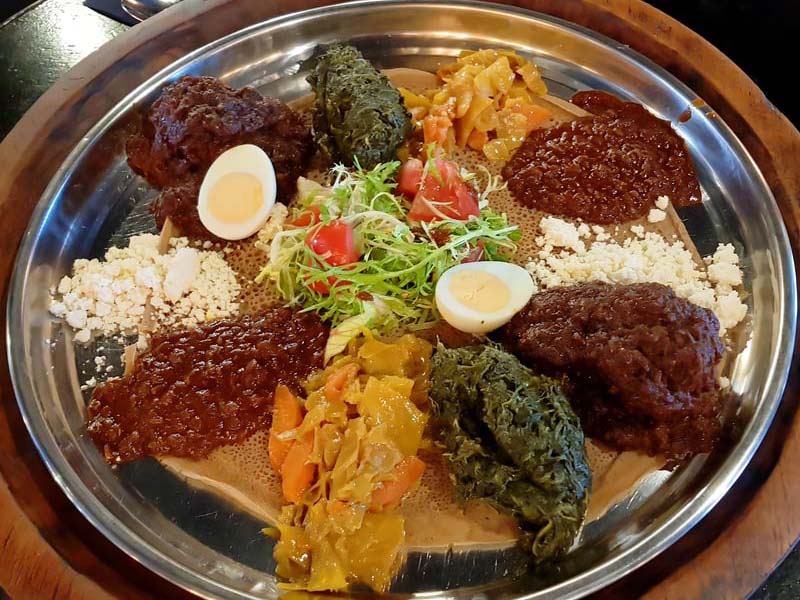
Ful
Common across the Middle East and Africa, Ethiopian Ful food is a blend of spices and stewed fava beans enjoyed by Ethiopians, especially for breakfast.
In addition, efficient Fuul is often rewarded as a bashful part for one – when still covering you up – increase with a bottomless supply of natural bread. The Well-known unique Fuul is usually big enough to spread or share and occasionally served with avocado, yogurt, green chili, tomato, onion, and egg. Residents mash this with each other or season it with additional spices, salt, and even fresh chilies.
Furthermore, You might remind yourself you’re in the correct type of the Ful-serving diner; suppose it is offered to the users in mini metal bowls, which are pretty hot to contact or touch, with diners utilizing a bit of bread to hold this bowl’s side.
Full foods serve as a portion of nutritious and healthy food, particularly in some places where it’s usually dispensed and cooked out of big pots/ pans, with many customers very well catered for under 10 mins.
Moreover, you could watch this video below to get more hints about this kind of food:
Final Thought
The outstanding Ethiopian food caught our interest, especially those who love enjoying Ethiopian food. Nevertheless, depending on a resident’s hobbies, experience, and interests, you should drop by this fantastic post to get helpful knowledge or entertain yourself with this Ethiopian cuisine.
We have provided your helpful hints with this article mentioned above, “Keep Pace With The Handy About Ethiopian food“; you have reached these valuable tricks. Therefore, you might be more confident sharing and spreading it with others.
Don’t forget to read this site to collect more hints. If you agree that our blog today is practical, share it with someone who needs to apply helpful tips on their life. Lastly, we have to say thank you for your company.
